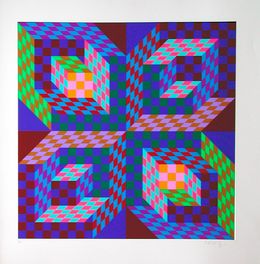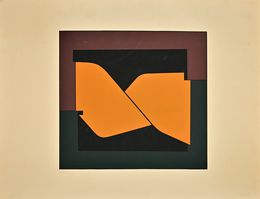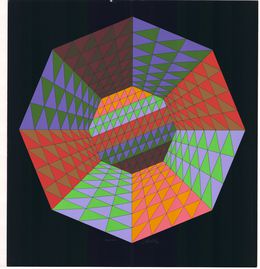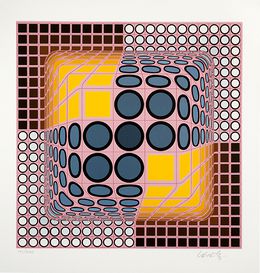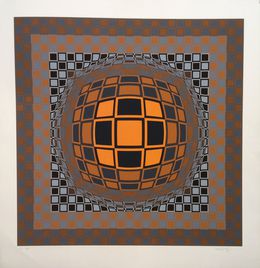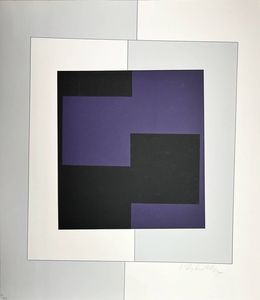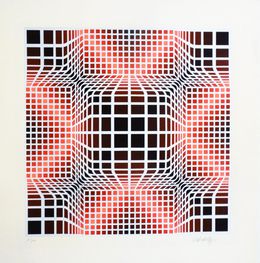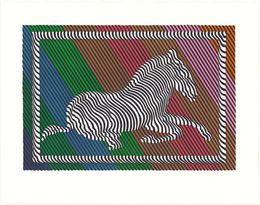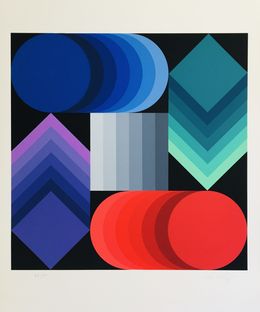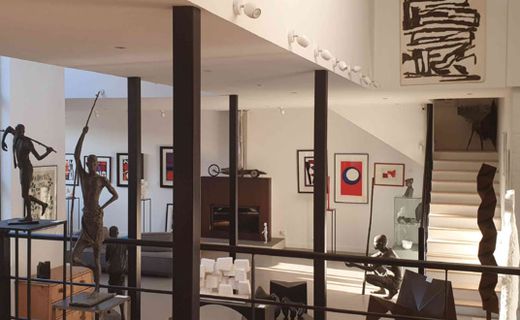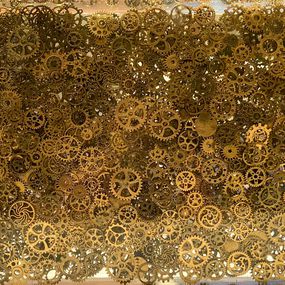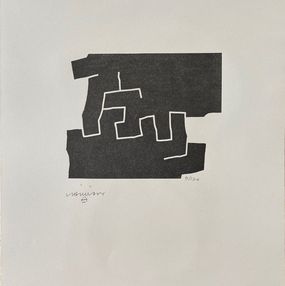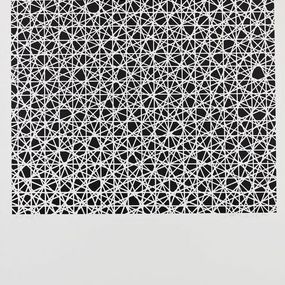

Movement is in time, not in a single space. We are in the world instead of staying on the surface.
Biography
Victor Vasarely, a renowned French-Hungarian painter, is celebrated as one of the pioneers of geometric abstract art. His influence endures through major international museums, including the Vasarely Museums in Pécs, Hungary, and Zichy Palace in Budapest, with over 400 works on display. Vasarely was awarded prestigious honors such as the French Legion of Honor, the Guggenheim Prize, and the Gold Medal of the Milan Triennale. Recent exhibitions include: "Victor Vasarely in the Echo" at MGLC, Ljubljana, and "L'art du multiple" at the Fondation Vasarely, both in 2024.
Born and raised in Pécs, Hungary, Vasarely initially studied medicine at the University of Budapest before switching to painting in 1927. He trained at the Pololini-Volkmann Academy and studied at the influential Bauhaus-influenced Sándor Bortnyik's workshop in Budapest. In 1930, Vasarely moved to Paris, where he would later become a pivotal figure in the world of modern art.
Vasarely's early career focused on graphic design and advertising, working with notable agencies such as Havas, Draeger, and Devambez from 1930-1935. His 1944 exhibition at the Denise René Gallery marked a significant moment in his career, presenting works that laid the groundwork for his distinct style of "color-surface-perception" art.
In the 1930s, Vasarely's work combined organic forms with patterns, and he became known for his innovative posters and advertising designs. His 1946 Seven Years of Misfortune series captured his post-Cubist exploration of portraiture. Influenced by the dynamics of modern cities, Vasarely sought to democratize art by creating works that were accessible, engaging, and could transcend the traditional boundaries of the art object. His move to Paris in the early 1930s marked the beginning of his exploration into the world of geometric abstraction.
Vasarely's work is defined by a minimal use of forms and colors, exploring geometric shapes and optical illusions. His investigation into the relationship between color, surface, and perception became the foundation for his iconic style, and he used the proceeds from his prints, which he referred to as "investigations," to fund the Vasarely Foundation in Aix-en-Provence, France. This foundation aimed to integrate aesthetic beauty into the urban environment at all levels.
Vasarely's major contributions to the art world include his groundbreaking works in optical art (Op Art), with notable exhibitions worldwide. In 1970, he opened his first dedicated museum in Gordes, France, with over 500 works on display. This museum, though closed in 1996, was followed by the establishment of the Fondation Vasarely in Aix-en-Provence in 1976, which was inaugurated by French President Georges Pompidou. The foundation remains a testament to his vision, though it has faced challenges, including the deterioration of some works due to water damage.
Vasarely's art continued to reach new heights in the 1970s, with large-scale works such as Georges Pompidou, a kinematic object installed at the Centre Pompidou in Paris. He also made a groundbreaking contribution to space exploration in 1982 when 154 of his serigraphs were taken aboard the French-Soviet spacecraft Salyut 7 by cosmonaut Jean-Loup Chrétien, later sold to benefit UNESCO.
Victor Vasarely passed away in Paris on March 15, 1997, but his legacy as the father of Op Art continues to influence generations of artists and remains a cornerstone in the world of modern and contemporary art.In recent years, the Fondation Vasarely in Aix-en-Provence has made efforts to restore and preserve the artist's vast collection and museum infrastructure, facing challenges due to the deteriorating condition of some of the artwork. As of 2024, the museum is undergoing restoration projects to maintain Vasarely's contributions to the modern art scene.
Nationality
Categories
Artistic movements
Themes
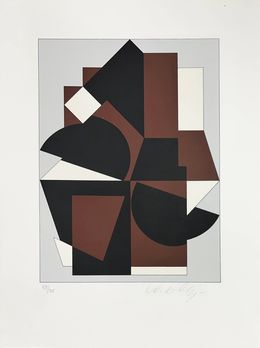
Victor Vasarely
Print - 37.2 x 28.2 x 0.1 cm Print - 14.6 x 11.1 x 0 inch
$966

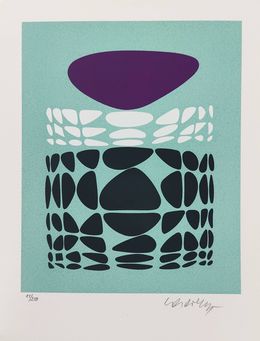
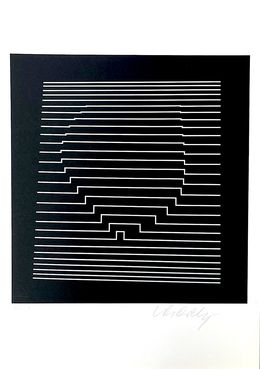

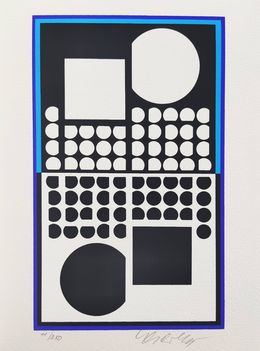
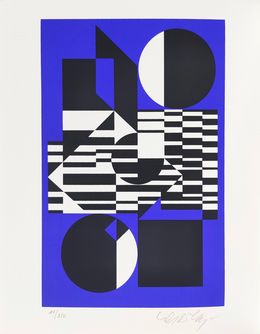
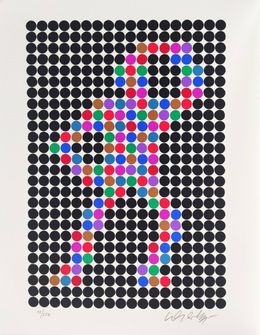
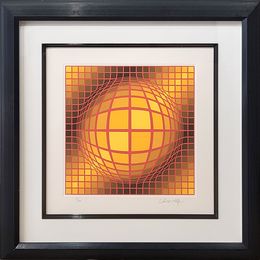
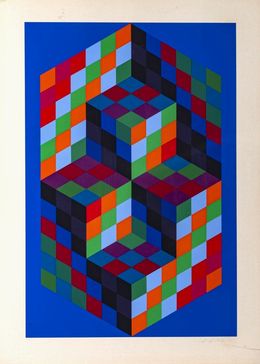
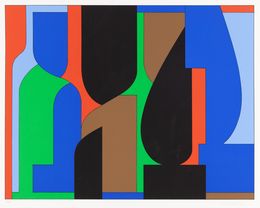
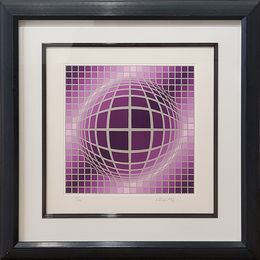
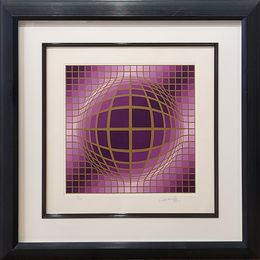

Victor Vasarely
Print - 48.5 x 75.8 x 0.2 cm Print - 19.1 x 29.8 x 0.1 inch
$2,416




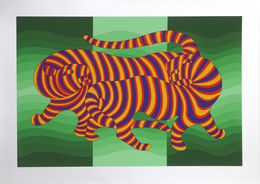

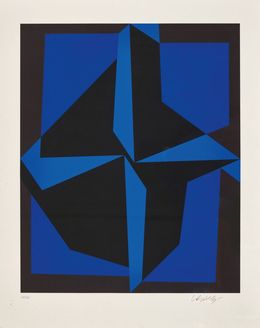
Victor Vasarely
Print - 70 x 57 x 0.1 cm Print - 27.6 x 22.4 x 0 inch
$1,812
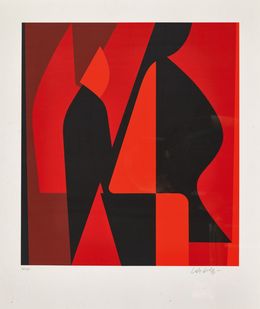
Victor Vasarely
Print - 70 x 57 x 0.1 cm Print - 27.6 x 22.4 x 0 inch
$1,812
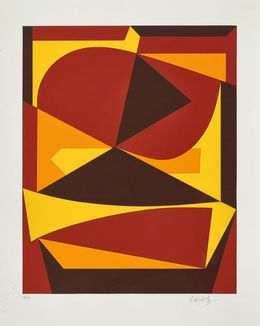
Victor Vasarely
Print - 70 x 57 x 0.1 cm Print - 27.6 x 22.4 x 0 inch
$1,812
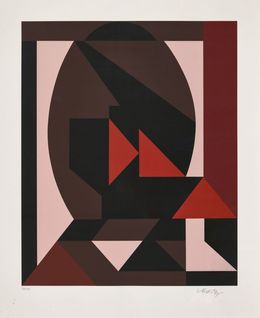
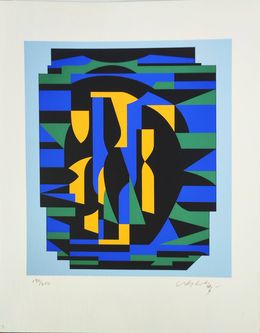
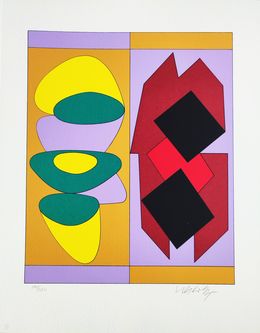
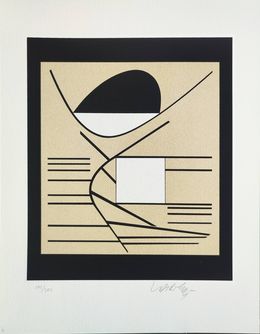
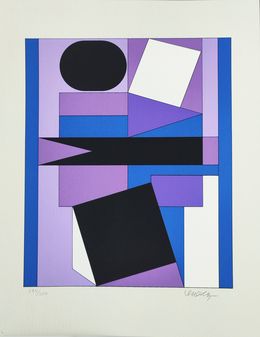
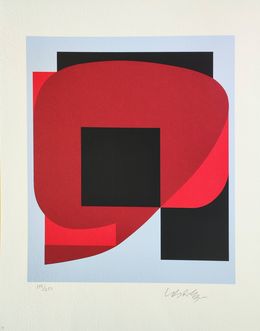
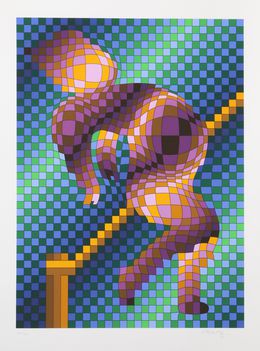




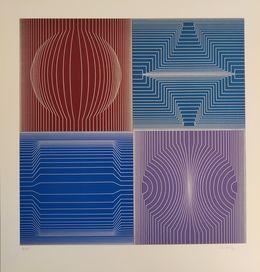


Victor Vasarely
Print - 95.3 x 95.3 x 2.5 cm Print - 37.5 x 37.5 x 1 inch
$33,750

